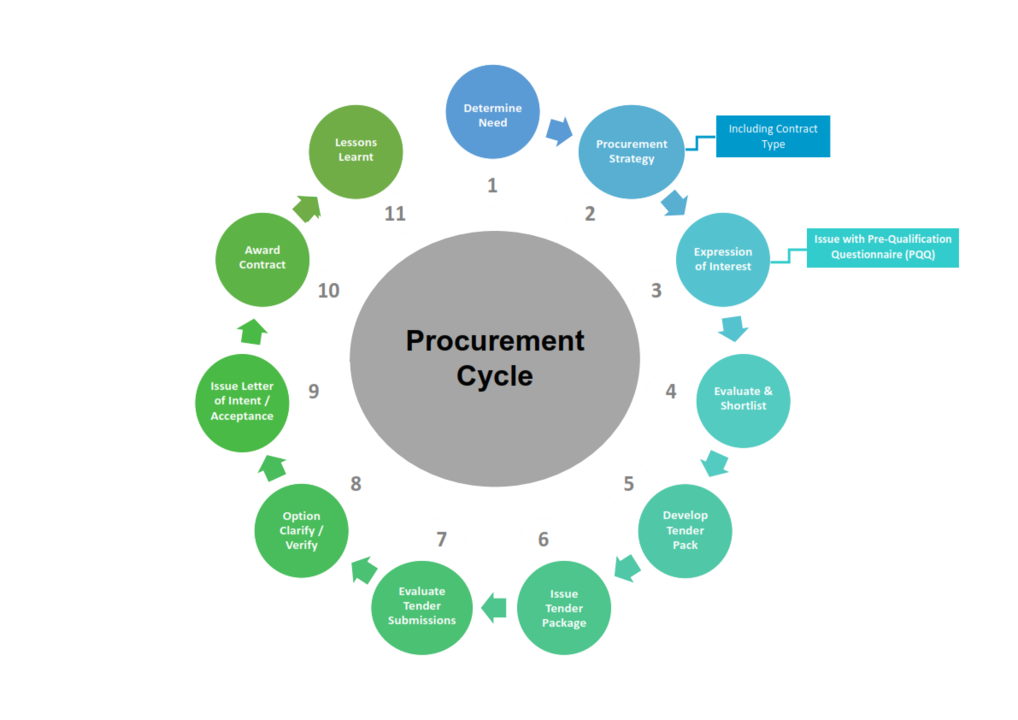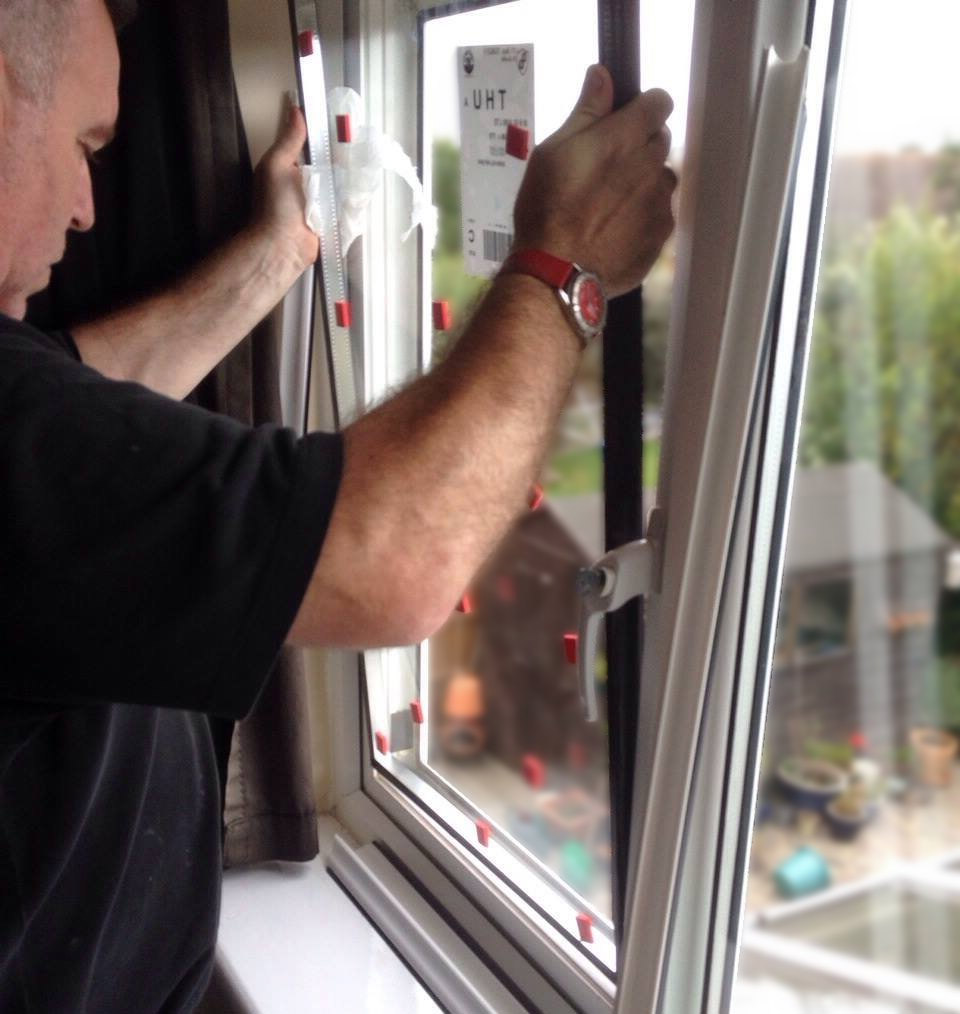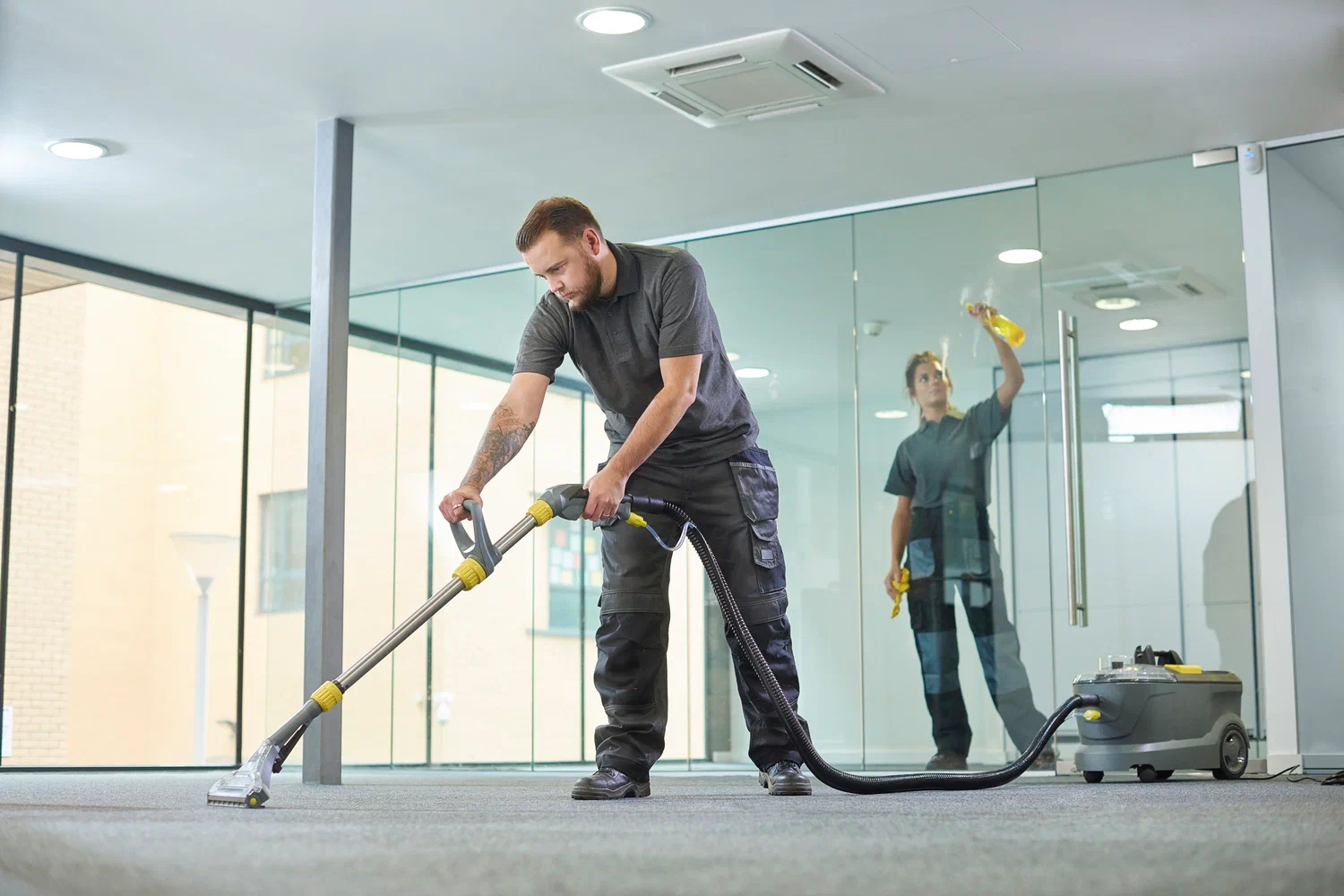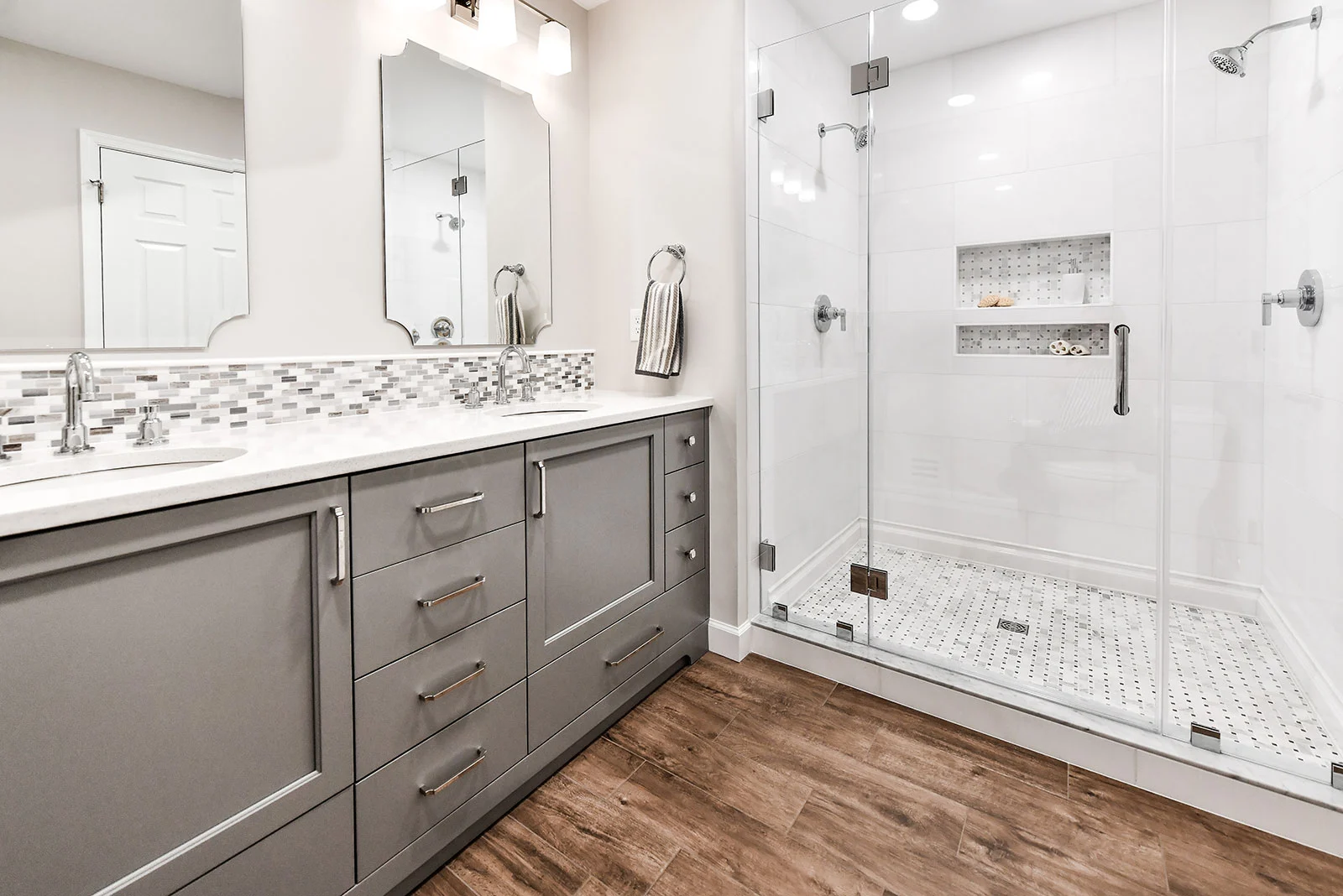Furniture, Fixtures, and Equipment (FF&E) procurement is a critical aspect of setting up and maintaining hospitality and commercial spaces. This guide will provide an in-depth look at the FF&E procurement process, covering its importance, steps, challenges, and tips for effective management.
1. Understanding FF&E Procurement
A. What is FF&E?
FF&E stands for Furniture, Fixtures, and Equipment, which includes all movable items that furnish a space. Unlike immovable elements like walls and flooring, FF&E can be easily replaced or moved. This includes:
- Furniture: Chairs, tables, sofas, beds.
- Fixtures: Lighting, window treatments, wall-mounted items.
- Equipment: Kitchen appliances, audiovisual gear, office equipment.
B. Importance in Hospitality and Commercial Spaces
FF&E plays a vital role in creating the ambiance, functionality, and comfort of spaces such as hotels, restaurants, and office buildings. Proper procurement ensures that the items meet the design, operational, and budgetary requirements of the project.
2. The FF&E Procurement Process
A. Planning and Budgeting
- Define Project Scope: Identify the specific needs of the space.
- Set a Budget: Allocate funds for FF&E based on project requirements and financial constraints.
- Create a Procurement Schedule: Establish timelines for ordering, delivery, and installation.
B. Specification and Selection
- Design Alignment: Choose items that align with the overall design theme.
- Quality and Durability: Select products that meet the durability standards for commercial use.
- Vendor Selection: Identify reliable vendors who offer competitive pricing and quality assurance.
C. Sourcing and Ordering
- Request for Proposals (RFPs): Issue RFPs to potential suppliers, detailing specifications, quantities, and timelines.
- Evaluate Proposals: Assess proposals based on cost, quality, and supplier reliability.
- Place Orders: Confirm orders with selected vendors and arrange for payment terms.
D. Delivery and Installation
- Coordinate Logistics: Ensure timely delivery to the site.
- Inspect Deliveries: Check all items for quality and compliance with specifications.
- Installation: Arrange for professional installation to ensure proper setup.
E. Post-Installation
- Final Inspection: Conduct a walkthrough to ensure all items are installed correctly.
- Resolve Issues: Address any damages or discrepancies with vendors.
- Handover: Document the procurement process and hand over to the facility management team.
3. Challenges in FF&E Procurement
A. Budget Constraints
Balancing cost with quality and design can be challenging. Overcoming this requires detailed budgeting and negotiation skills.
B. Supply Chain Delays
Delays in production or delivery can impact project timelines. Mitigation strategies include early ordering and contingency planning.
C. Quality Assurance
Ensuring the quality of FF&E items involves thorough vetting of suppliers and regular quality checks.
D. Coordination with Multiple Stakeholders
Collaboration between designers, contractors, and suppliers is essential. Clear communication and a well-defined process help streamline coordination.
4. Tips for Effective FF&E Procurement
A. Engage a Professional Procurement Team
Experienced procurement professionals can manage the entire process efficiently, from vendor selection to installation.
B. Leverage Technology
Use procurement management software to track orders, manage budgets, and streamline communication.
C. Build Strong Supplier Relationships
Establishing good relationships with reliable suppliers ensures better pricing, quality, and service.
D. Prioritize Sustainability
Consider sustainable and eco-friendly options for FF&E to align with green building practices and enhance the brand’s reputation.
E. Regular Reviews and Audits
Conduct periodic reviews of procurement processes and supplier performance to identify areas for improvement.
5. FF&E Procurement for Different Sectors
A. Hospitality
Hotels and resorts require FF&E that aligns with their brand identity and offers comfort and functionality to guests. From luxurious bedding to durable restaurant furniture, every item must meet specific standards.
B. Commercial Offices
Office spaces need ergonomic furniture, efficient lighting, and advanced technological equipment to create productive work environments.
C. Retail Spaces
In retail, FF&E focuses on creating appealing displays and comfortable shopping environments. This includes shelving, counters, and point-of-sale systems.
D. Healthcare Facilities
Healthcare facilities require FF&E that adheres to strict hygiene standards and supports patient care, including medical equipment, waiting area furniture, and lighting.
6. Future Trends in FF&E Procurement
A. Smart Furniture and Equipment
Integration of technology into FF&E, such as smart desks and lighting systems, is becoming increasingly popular, especially in office and hospitality sectors.
B. Sustainable and Recyclable Materials
There is a growing emphasis on using sustainable materials to reduce the environmental footprint. This trend aligns with global sustainability goals and consumer preferences.
C. Customization and Personalization
Custom-designed FF&E that caters to specific project needs and brand identities is in high demand, particularly in luxury hospitality and retail sectors.
7. Conclusion
FF&E procurement is a complex but crucial process in the setup and maintenance of hospitality and commercial spaces. By understanding the steps involved, anticipating challenges, and following best practices, businesses can ensure successful procurement outcomes that enhance functionality, aesthetic appeal, and overall guest experience.




